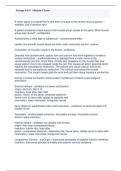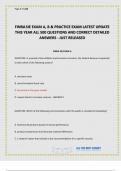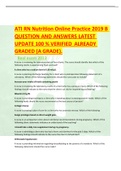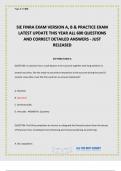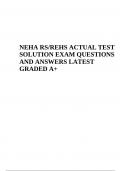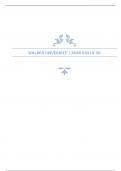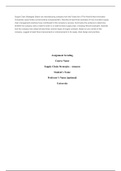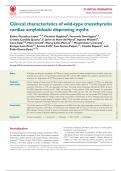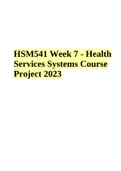Exam (elaborations)
Portage A & P 1 Module 5 Exam A motor signal is a signal that is sent from a muscle to the central nervous system. - ansfalse, that is sensory input A person sustained a back injury to the muscle group closest to the spine. What muscle group
- Institution
- Portage A & P 1 Module 5 Exam A Motor Sign
Portage A & P 1 Module 5 Exam A motor signal is a signal that is sent from a muscle to the central nervous system. - ansfalse, that is sensory input A person sustained a back injury to the muscle group closest to the spine. What muscle group was injured? - ansSpinalis Acety...
[Show more]
